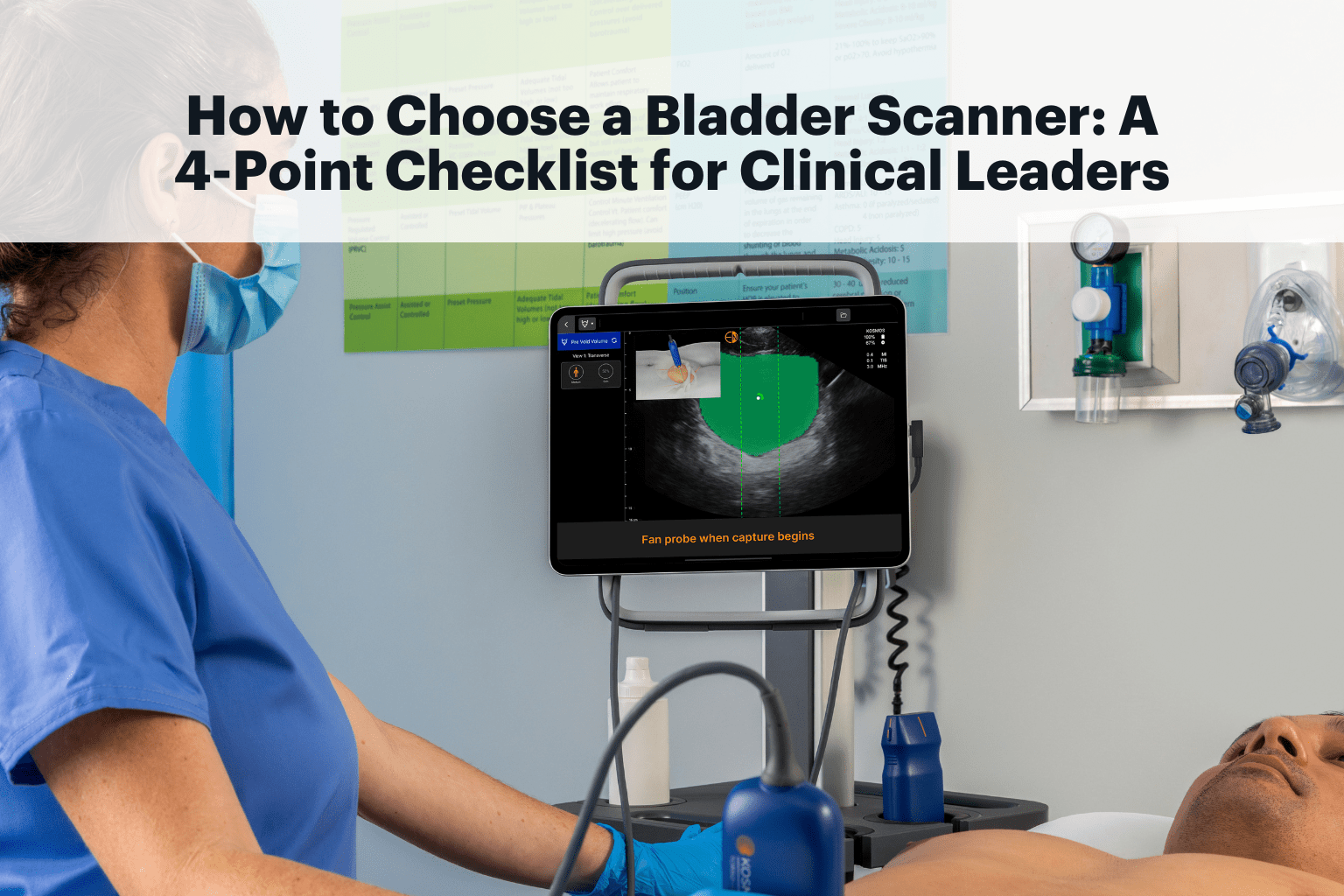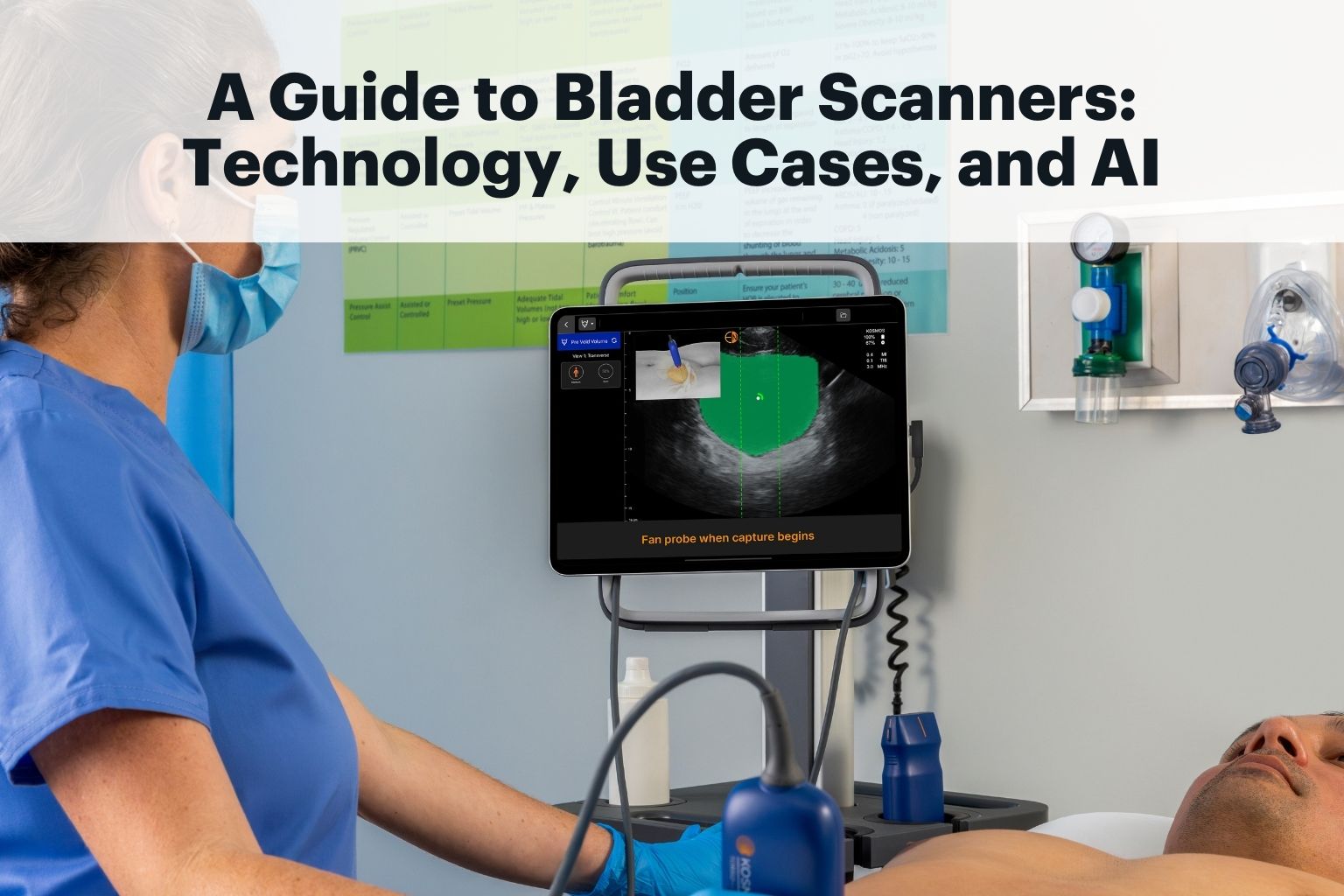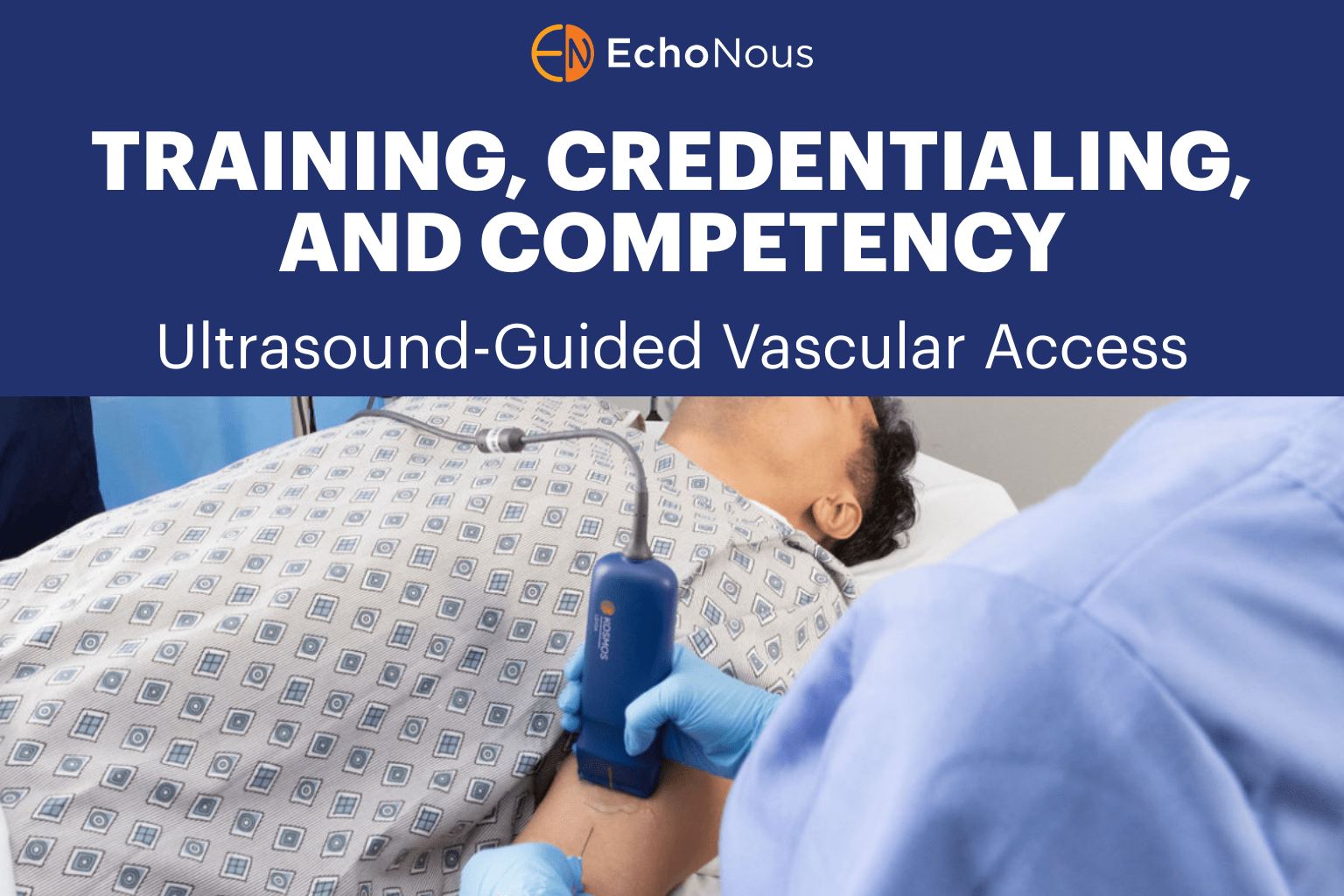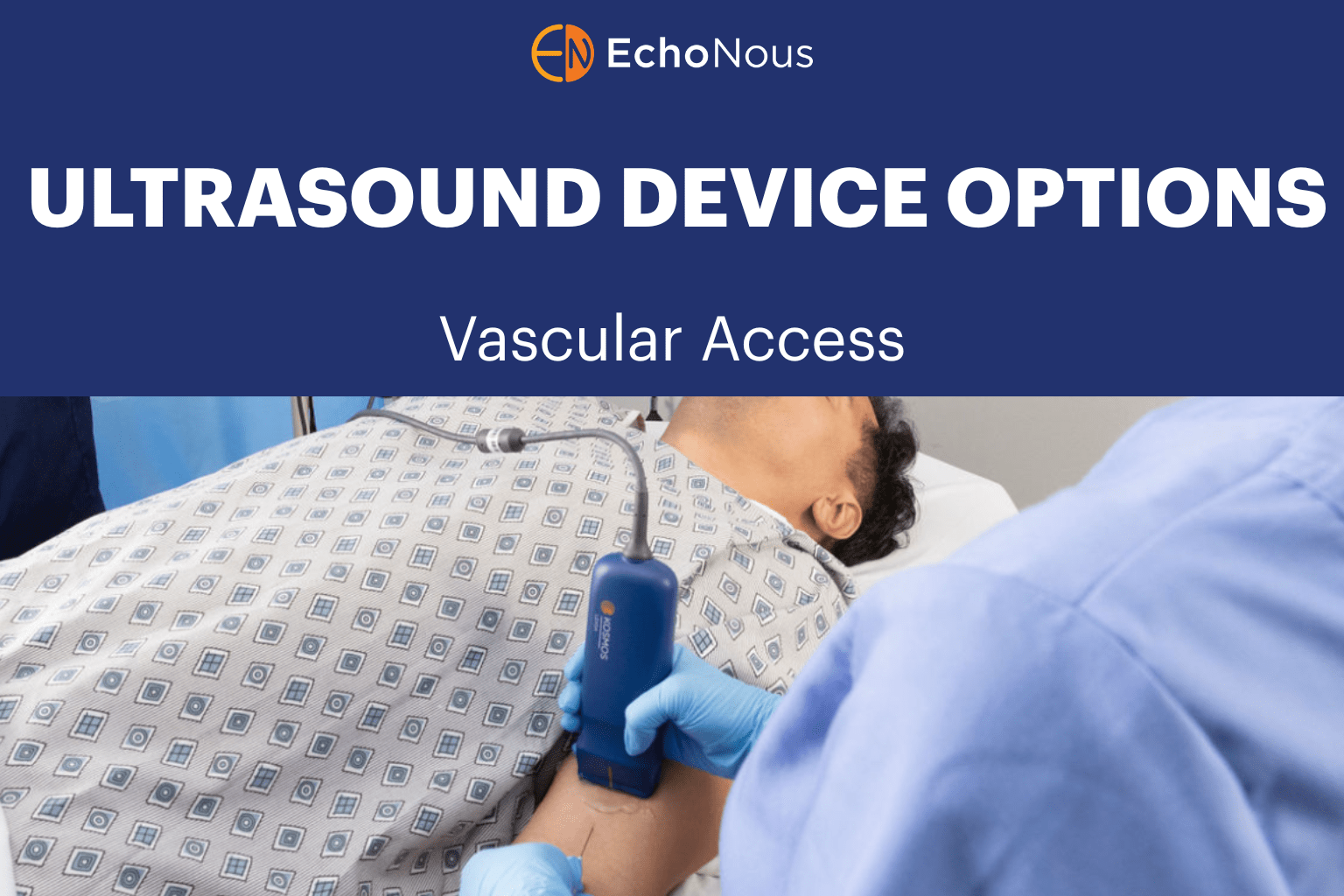Solving Global Healthcare:
19Labs’ Revolutionary Journey Towards Health Equity
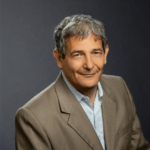
Ram Fish
Founder and CEO, 19Labs
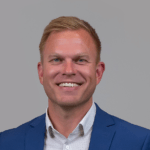
Luke Baldwin
VP of Global Marketing, EchoNous
Luke Baldwin, VP of Global Marketing at EchoNous, recently spoke with Ram Fish, founder and CEO of 19Labs. In this interview, we delve into Fish’s work at 19Labs, exploring the impact that his work has made on revolutionizing telemedicine for underserved communities.
[Note: This interview has been edited for clarity and brevity.]
Background and Journey
Luke Baldwin: Not everyone may be familiar with your journey or the story of 19Labs. Why don’t we start by having you introduce yourself and explain how you formed 19Labs?
Ram Fish: I’ve been making things worth making since I was a teenager. I started programming when I was 10. I began studying software at the Weizmann Institute of Science youth program at age 12, and by 16, I began building devices in production.
By age 18, I had developed my first commercial hardware product. I’ve held leadership roles at Apple, Nokia, and Samsung. I later founded three startups: BlueLibris, Fonav, and 19Labs.
While leading global digital health at Samsung, I [was] exposed to all the amazing digital health innovations like AI, ultrasound, and other devices globally.
In 2014, I had the opportunity to witness what Samsung called the “voice of the body,” opening up and discussing how technology can protect it. It was a fantastic experience to see the digital health industry evolve and innovate.
19Labs’ Inception and Vision
Ram Fish: After giving a keynote at one of the prominent industry conferences, I spent a vacation in a rural community in Baja, Mexico. I scuba dive and took my family to stay with me in Cabo Pulmo, a fantastic world heritage location for marine biology.
My one-year-old daughter at the time got sick, and she ended up being fine, but I spent a sleepless night in the local clinic. I realized that it is a huge opportunity to take along those amazing innovations and bring them so remote communities who don’t have technology expertise can start leveraging those technologies to provide the best care.
It’s based on the fact that the technology will be used by the community worker, somebody who holds the stethoscope to the patient’s chest when the exam comes along, points the ultrasound, the touch of the EKG picture. This is something we call the “hands and heart of delivering care,” while the actual diagnostics can be done by AI and human doctors in the main cities of the country.
That’s a new model of care, and that’s what the modern world and all the industries are moving toward. We realized it in 2014, and this transition will be just as impactful as the early 19th century when Florence Nightingale invented the modern nursing profession.
Motivated by this vision, I left my job at Samsung and co-founded 19Labs with Dr. Peter Fitzgerald. “19-GALE” pays homage to Nightingale’s transformative work but was shortened to GALE. This move had no connection to the COVID pandemic; it was in 2015.
When we started, we started having what we called “smart first aid kits.” Still, we quickly realized that the emphasis of making a beautiful, elegant, all-in-one box is that your smart first aid kit is costly. If you’re dealing with developing countries, you must emphasize the cost on all dimensions, [including] OpEx and CapEx, from day one.
So, we transitioned to a model in which we level it as much as possible with existing technologies and solutions. We integrate them, make them easy to use, and bring them together to all those rural places and the Ministry of Health or a large healthcare organization. We often use it as a model of public-private partnerships with governments, where the Ministry of Health provides the medical staffing and the funding, and we help them with operations, monitoring technology, everything, and becoming the problem solver from connectivity to energy. Even in some cases, from solar to tablets, diagnostic devices, training, and everything from A to Z, effective healthcare can be provided to those rural communities.
Luke Baldwin: It’s great to hear that 19Labs takes a holistic approach to telemedicine and consider users’ needs beyond just delivering technology. Your company addresses power and network connectivity issues and access to specific monitors and information. It’s clear that 19Labs offers a more comprehensive solution than other telemedicine providers.
Ram Fish: Building our startup was challenging because it didn’t fit the typical model that most venture capital funds would support. We took a different approach and refused to focus on a specific medical condition. Our customers wanted to make GALE e-Clinics because they believed that buying ultrasound and exam carts should be more comprehensive than one condition, and that’s different from what venture capital firms prefer to do.
We also refused to develop our own AI because we believe there are different types of AI, such as stethoscope AI, imaging AI, ultrasound AI, and intake AI. Instead, we prefer to be an integrator and aggregator of AI rather than developing our AI.
Similarly, we refuse to build our own devices because we believe there is so much innovation that it’s better to bring the best innovation together for different vendors rather than be involved in a specific technology we develop. As a result, our unique GALE e-Clinics need to be much more cost-effective, sophisticated, and flexible than some of the closed proprietary solutions we see today.
Luke Baldwin: Can you give me a quick overview of the history of telemedicine and the challenges telemedicine companies and communities face in adopting this technology?
Ram Fish: We try to make an important distinction between the words telemedicine and telehealth; they are often used interchangeably but are different. Telehealth involves video calls or chats without devices measuring vital signs for us and the broader industry. It’s about communication.
While telehealth has surged, especially during COVID-19, telemedicine is a more sophisticated technology dependent on capital-intensive devices. It encompasses everything in telehealth but at a higher level. We’ve observed a significant uptick in telemedicine lately, and despite its seeming simplicity, doing it well requires making everything work seamlessly.
We understand that to truly make an impact and provide effective healthcare solutions in remote areas, our technology needs to be more than just a beautiful suitcase. That’s why we’ve developed a deployment management platform, which allows us to ensure that our solutions are user-friendly for community health workers in remote areas.
Our focus is on making the technology work effortlessly while protecting patient data and aligning with the values of the Ministry of Health and the patient. Our goal is not to monitor healthcare data but to make it accessible to doctors without compromising privacy. This is the essence of telemedicine versus telehealth and is at the core of our approach to providing comprehensive healthcare solutions to underserved communities.
Luke Baldwin: It’s an interesting distinction you make: telemedicine is the next step—it goes beyond the simplicity of telehealth. Telehealth involves relaying info through a video call, while telemedicine involves actively managing patient care, making decisions, providing diagnoses, and conducting care decisions remotely.
Ram Fish: Telehealth is not just one-dimensional, it’s two-way and multi-dimensional, involving voice and conversation. It’s ideal for mental health, however, a device is necessary for medical cases requiring examining vital signs, breathing, and the abdomen. Devices can be pricey, and integrating and obtaining information remotely while safeguarding privacy is no easy task.
Luke Baldwin: What are the main problems that 19Labs is tackling as a healthcare solution company? Where are you focused?
Ram Fish: I gave a presentation titled “Amazing technology is a must. But never, never, never, sufficient.” It’s worth watching, and I believe you’d find it interesting. I emphasize that while incredible technology is crucial in areas like low-bandwidth device integration and ultrasound, it alone is not enough.
What sets us apart is our understanding of operational aspects, including deployment management, operating procedures, and optimization. We excel in training community workers and doctors, particularly emphasizing the importance of engaging with people in remote rural areas. This understanding is crucial, unlike many other vendors who often overlook it. They prefer operating from the US, relying on local distributors, only to realize their solutions only work once operational challenges are addressed.
Our intentional business model relies heavily on revenues, which means we depend on successful deployments and are fully vested as a result. Our teams actively contribute on the ground, collaborating with local governments while respecting their autonomy. We ensure our involvement supports the deployment’s success without jeopardizing it. Focusing on all the other things required for successful, sustainable telemedicine deployment is one of our unique strengths.
Intentionality and Ultrasound Innovation
Luke Baldwin: Can you elaborate on the 19Labs business model and how it aligns with your vision of solving rural healthcare?
Ram Fish: I worked in companies like Apple, Samsung, and Nokia. I believe thinking through the process and building this model early on was absolutely critical. I’ve seen many companies fall in love with device revenues, meaning they need to build more devices rather than necessarily solve problems. The devices need to replace the old devices constantly, and everything is about balance —in the end, you want to create a balance between devices and services.
From day one, we said that if we want to really focus on the success of this service, which is ultimately what must happen, we must have a business model that aligns with the customer and is aligned with driving the success of providing global health services, not business models focused on selling devices.
Luke Baldwin: Great. I appreciate it because it allows us to explore topics we don’t typically touch upon. Often, our discussions center around hospitals and modern medicine, particularly from a developed world perspective. A significant portion of the world’s population doesn’t have immediate access to a modern hospital, and acknowledging that is crucial.
Ram Fish: Innovative healthcare presents the most significant opportunity, and I’ve been fascinated by the transformative potential in established developed countries’ healthcare. As mobile technology bypasses landline technology in Africa, we see a similar prospect in developing countries where telehealth can surpass the existing healthcare model.
Luke Baldwin: I agree. I envision surpassing the challenges that developed nations such as the US, UK, and Canada face in healthcare. Issues like long wait times and inconsistencies in care quality from site to site. Drawing parallels to the landline example, there’s potential to establish a more efficient and higher-quality healthcare model.
Navigating Challenges in Healthcare Technology Adoption
Luke Baldwin: Your commitment to considering the complete picture and ensuring the success of everyone involved is commendable. Your dedication sets you apart, steering clear of quick fixes or flashy headlines. It’s clear that 19Labs goes beyond surface-level efforts and aims for sustainability.
One of the other things that sets apart your telemedicine solution from the rest is the integration of our AI-enabled Kosmos ultrasound platform, allowing remote clinicians to observe real time ultrasound imaging from anywhere in the world. How do you see the integration of ultrasound with AI assistance making an impact in these communities?
Ram Fish: Since our inception, we’ve recognized the incredible potential of ultrasound, which is currently undervalued. We patiently awaited the right technology and price point to align with global market needs, and that alignment is happening now.
Interestingly, ultrasound devices used to cost between $20,000 and $50,000 and were mainly used in hospitals for prenatal purposes. Only some very skilled doctors used them for other cases. However, the costs have decreased with time, and the technology is improving.
We can expand the usage of ultrasound technology to cater to a broader range of medical cases, making it accessible to more people. This will reduce the reliance on remote cardiologists or local radiologists to be available for an examination. A recent example of this is the detection of kidney stones in a rural community. A worker who had never used an ultrasound before was guided by a doctor in the regional hospital, making it possible for them to detect kidney stones.
The use of AI-powered ultrasound in cardiology is very promising for prenatal screening and respiratory disease diagnosis. Ultrasound provides a non-invasive look into the human body, and its potential in various medical use cases is just being realized. In the next few years, the most significant opportunity for ultrasound lies in developing countries where more than existing hospitals and doctors may be needed. Ultrasound can be a lifesaver in such scenarios where people have no other alternative for diagnosis, and it can handle more and more use cases to save lives.
One of the interesting use cases that we’re currently exploring has been suggested by ministers of health. We’ve been speaking to those who use ultrasound for breast cancer, and there are already a couple of studies that show how it can be utilized in place of mammography or for breast cancer screening. This is just one example of how we can use a relatively low-cost ultrasound for multiple use cases, from emergency through prenatal screening, respiratory, kidneys, cancer, and breast cancer. We’re likely to see more and more ultrasounds being used in global health.
Luke Baldwin: Or even heart disease, potentially. I recently read some concerning statistics with regard to the availability of cardiac specialists around the world. In South Africa, for instance, there is approximately 1 cardiologist for every 250,000 people, and in Kenya, there is 1 cardiologist for every 1.2 million people. Unfortunately heart disease happens everywhere and with numbers like this there’s just no way to keep up with the demand. However, introducing community healthcare workers who can collaborate with experts for screenings has proven to be a powerful solution, especially for certain examinations.
Are there any specific stories or examples you’d like to share? Can you highlight how 19Labs and the GALE eClinic with ultrasound makes a difference in these scenarios?
Ram Fish: Recently, there have been several stories about prenatal care, and one that particularly excited me occurred six weeks ago. We were installing ultrasound e-clinics in Thailand, completing installation in one community. Despite the health worker not being fully trained, she was supposed to conduct a test call with a doctor who also needed training. Although they had online training, they had never practiced together. However, the local Ministry of Health doctor spoke about the service in the local church.
The next morning, a patient arrived at the clinic with a medical complaint before any live test sessions could be completed. Eager to help, the health worker immediately suggested a telemedicine call. The doctor at the regional hospital remotely examined the patient, suspecting a kidney stone and inquiring about an ultrasound machine, which they did not have. Despite the health worker’s lack of experience with telemedicine and ultrasound, they plugged in the Kosmos application and initiated a video call with the doctor and a radiologist. With their guidance, the health worker successfully identified the kidney stones.
I was amazed at the success despite some hiccups. Notably, all of this was done on a satellite link with very low bandwidth, underscoring the potential when these remarkable technologies are connected and contribute to healthcare impact.
Luke Baldwin: That’s fantastic. It’s truly the dream, right? That’s why we’re all in this. So, wrapping up, Ram, what’s next for 19Labs? Where is the company headed? What are your sights locked on right now?
Ram Fish: I’m dedicated to solving global healthcare, and there are a lot of dimensions to it. My friend Uri Levine often says, “Fall in love with the problem, not the solution.” We are in love with the problem of solving global healthcare in all of its dimensions.
Luke Baldwin: That’s well put. It underscores how our companies are similar and how we operate. The problem we have fallen in love with is how to lower the barrier to ultrasound adoption. If a patient’s care can be improved, or if the cost of care can be lowered, or if an earlier diagnosis is possible by using ultrasound, then what is preventing clinicians from using it? 19Labs is a part of helping to lower that barrier.
Ram Fish: This is exactly why we enjoy working together!
Luke Baldwin: It’s always a pleasure to chat with you. Thank you for your time. I look forward to connecting more in the future.
To learn more about Kosmos, contact us today!

